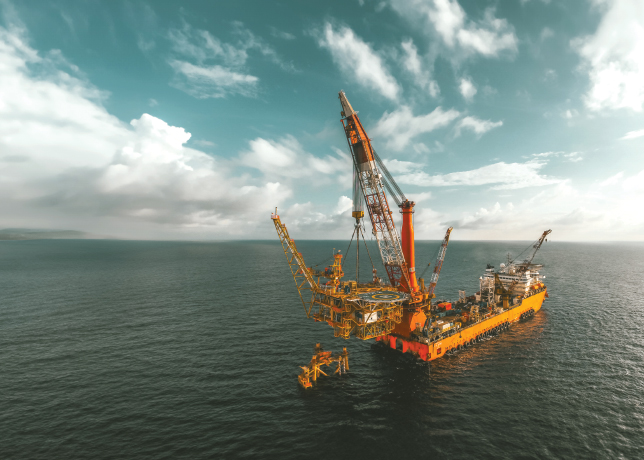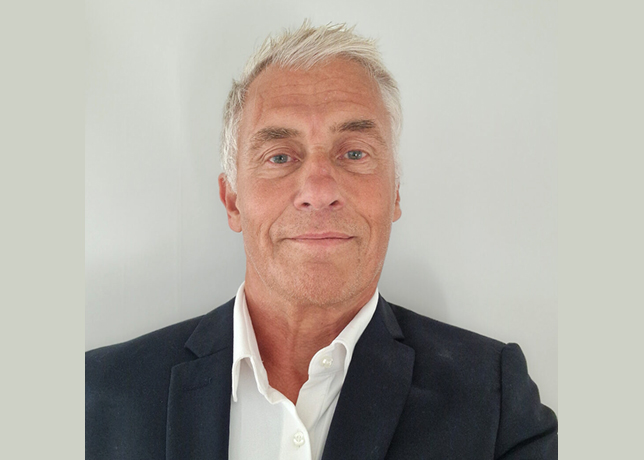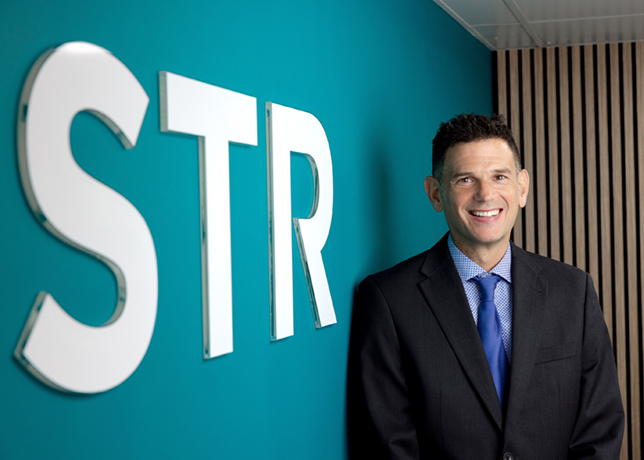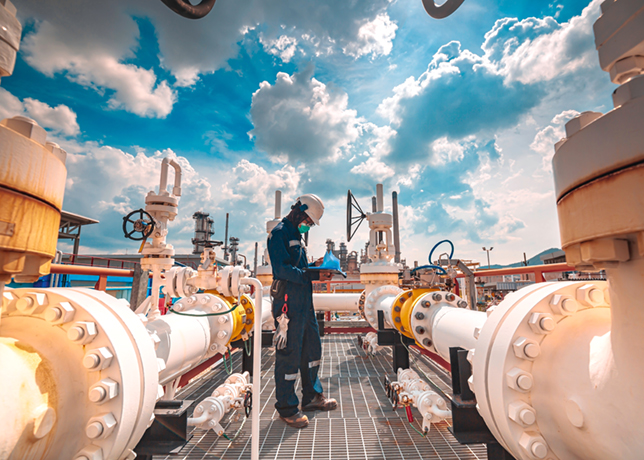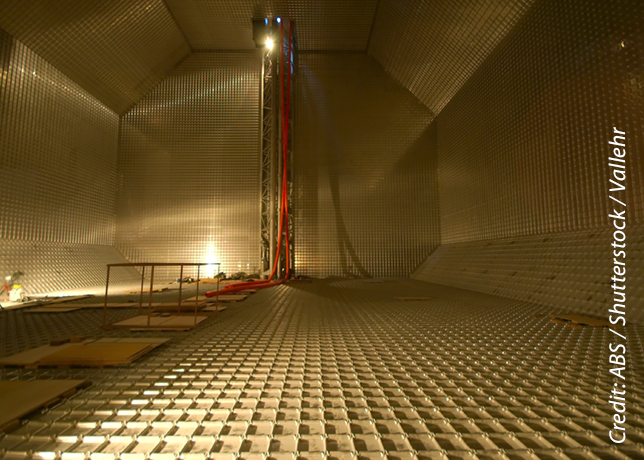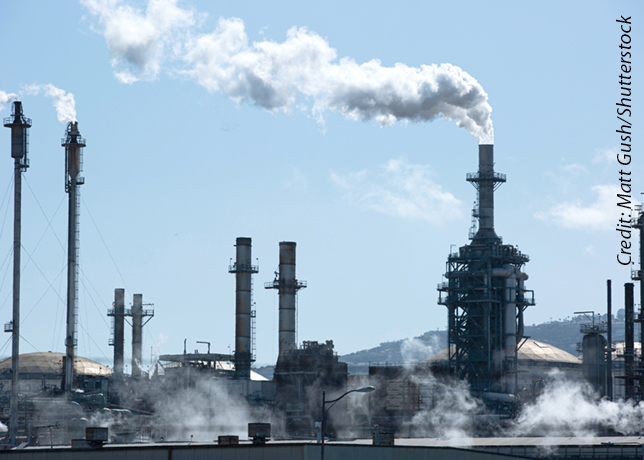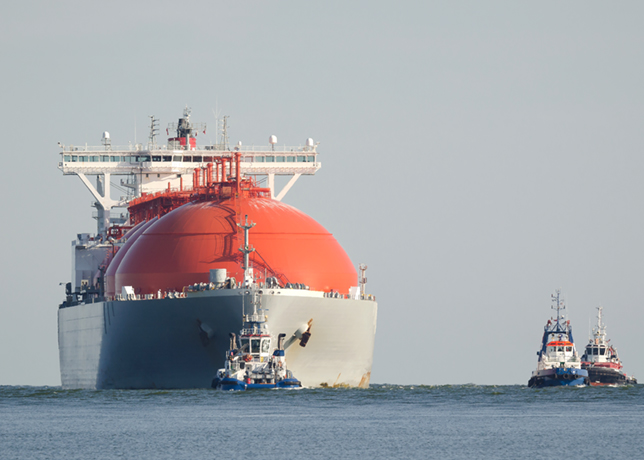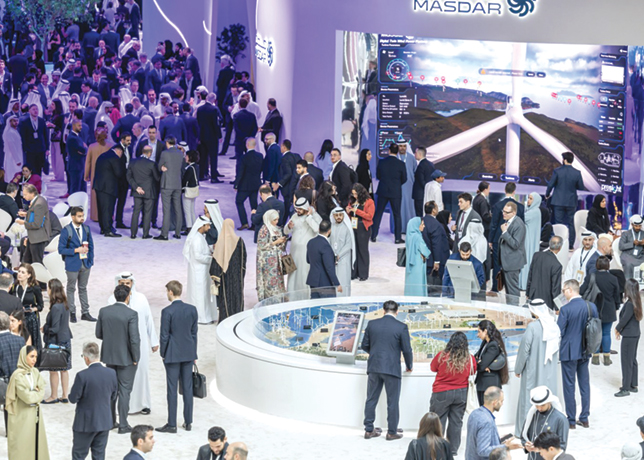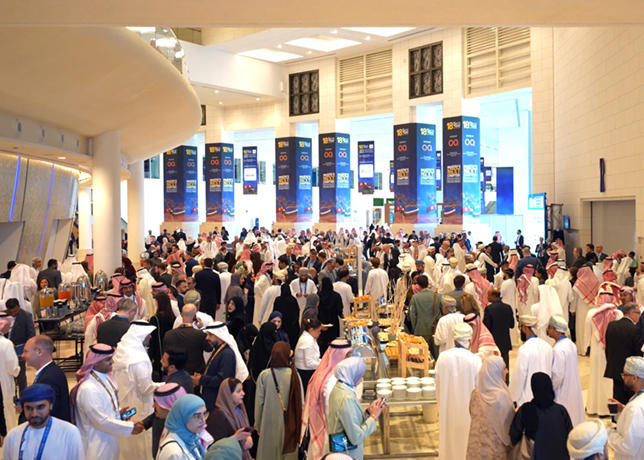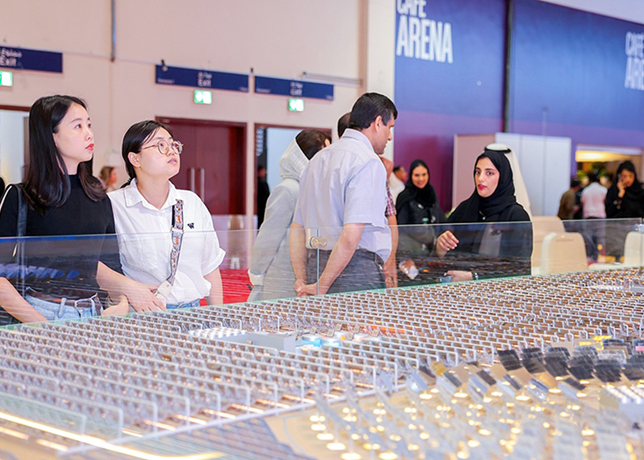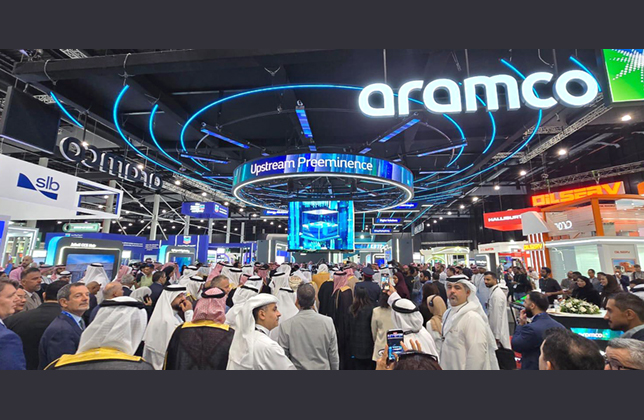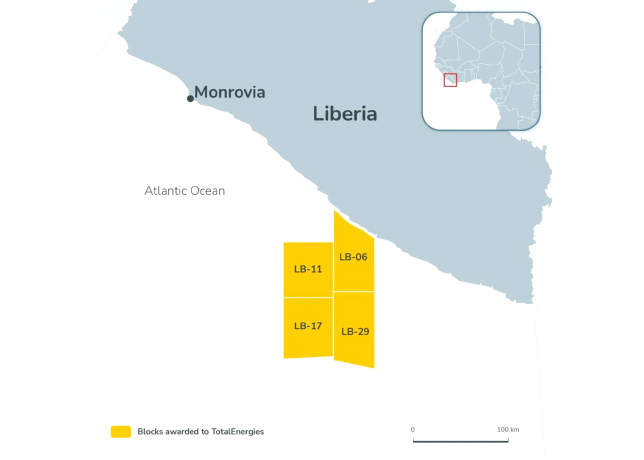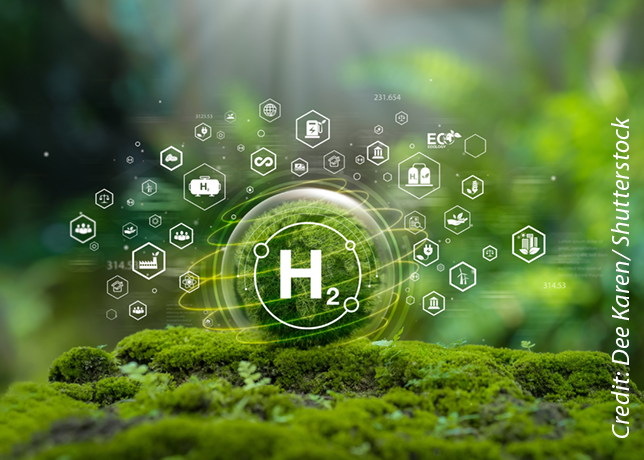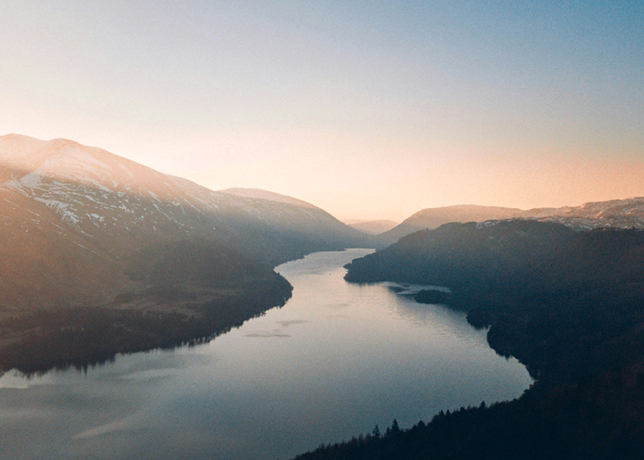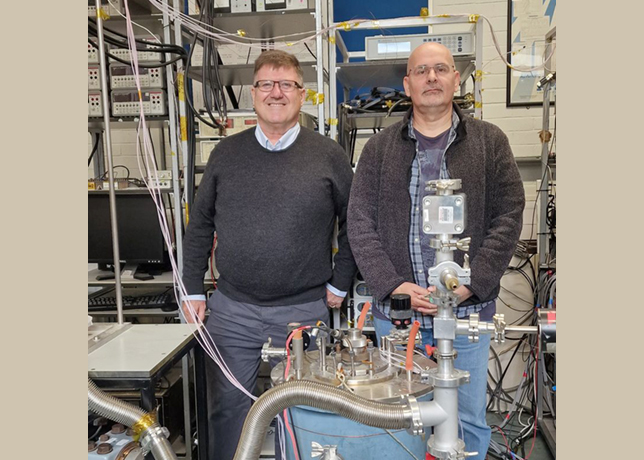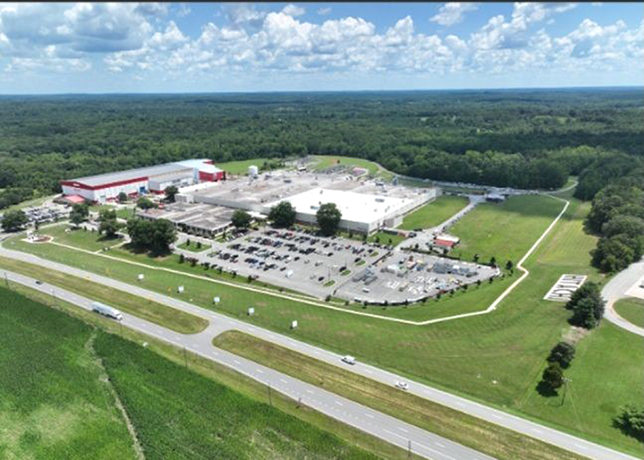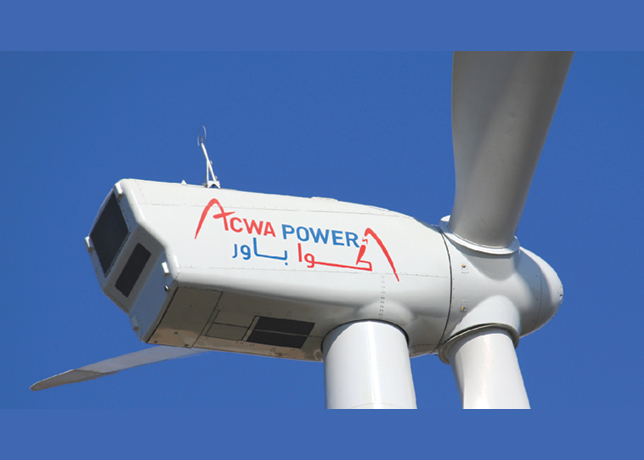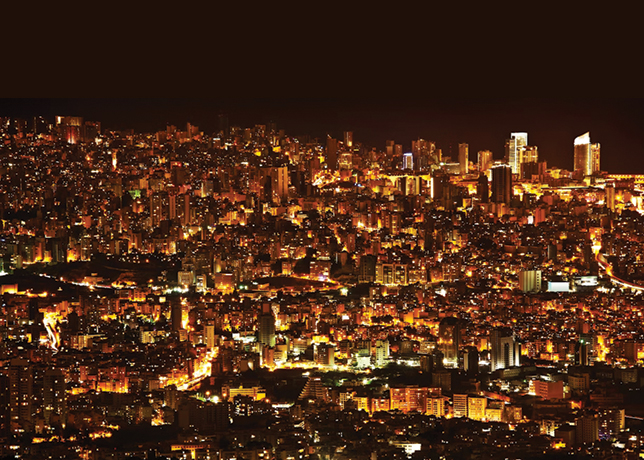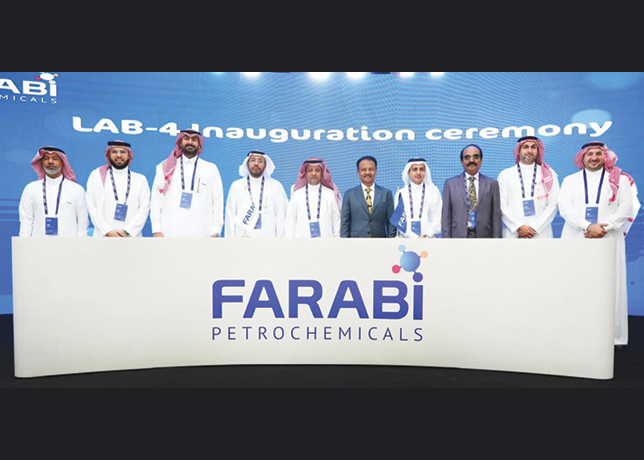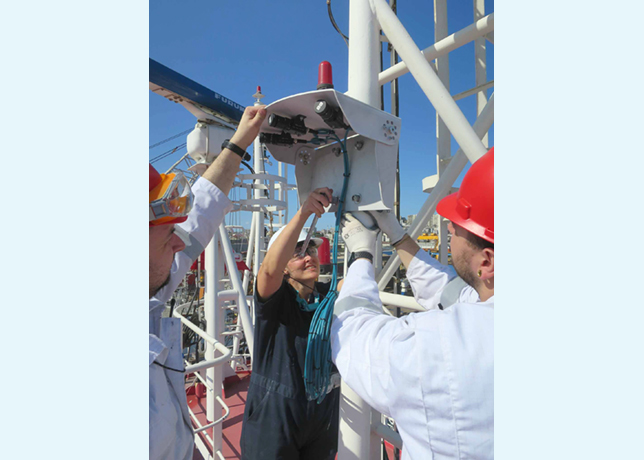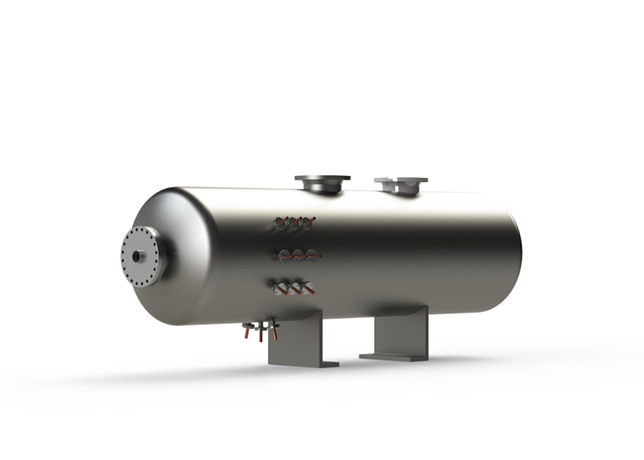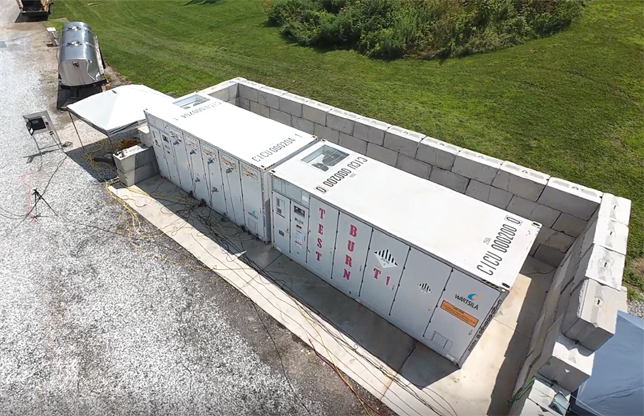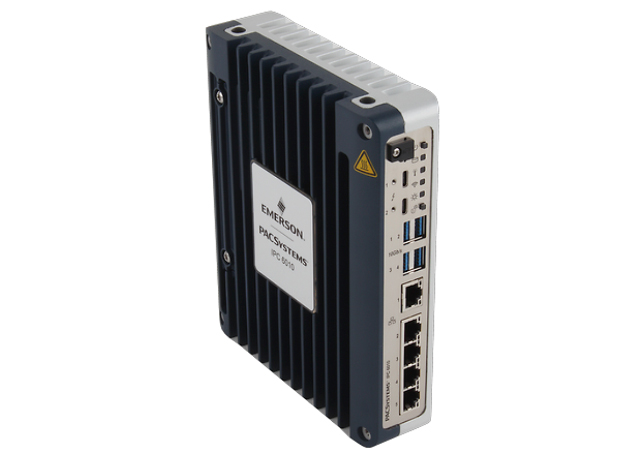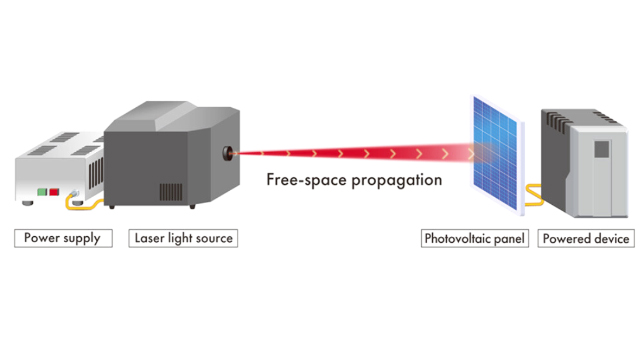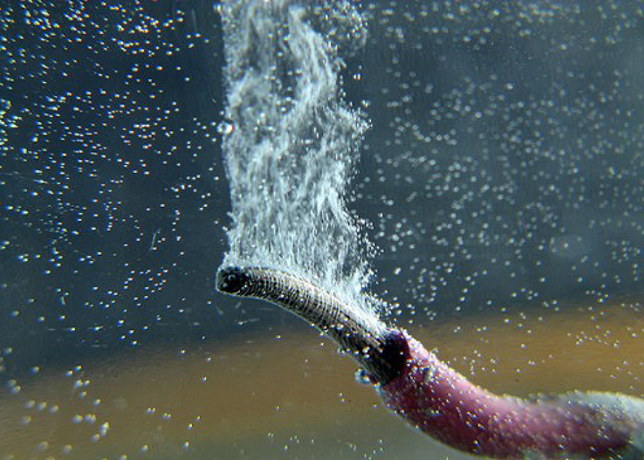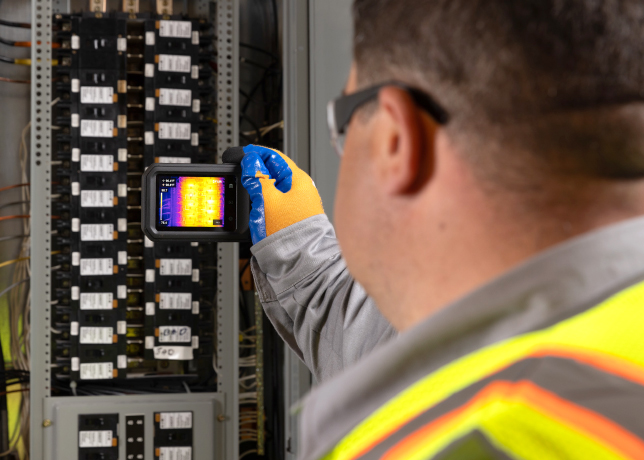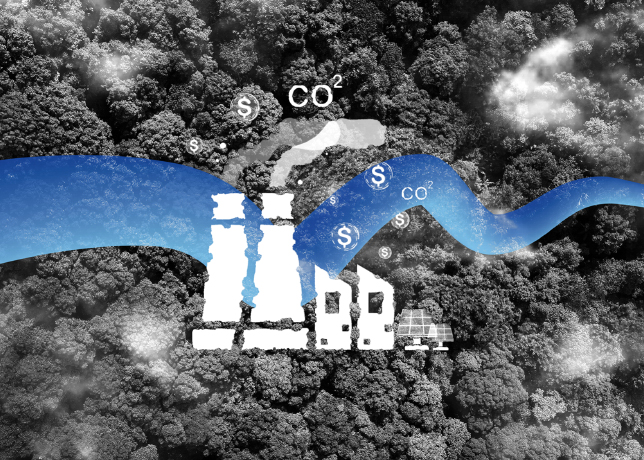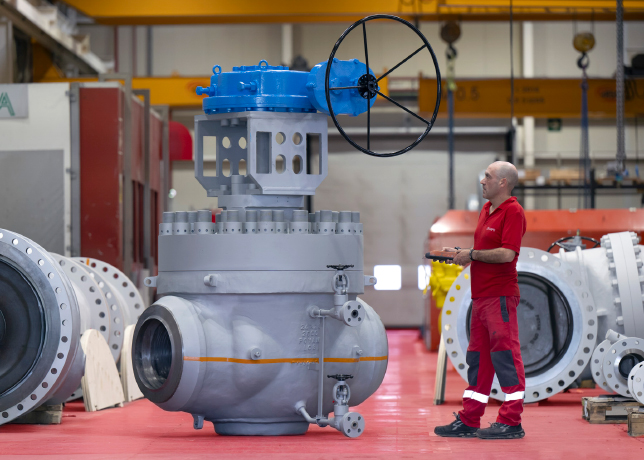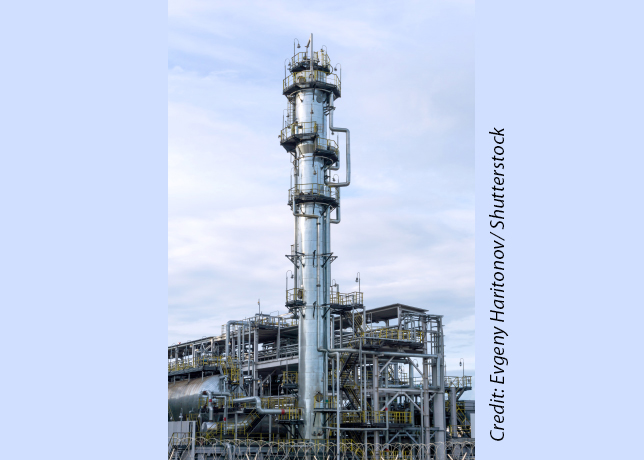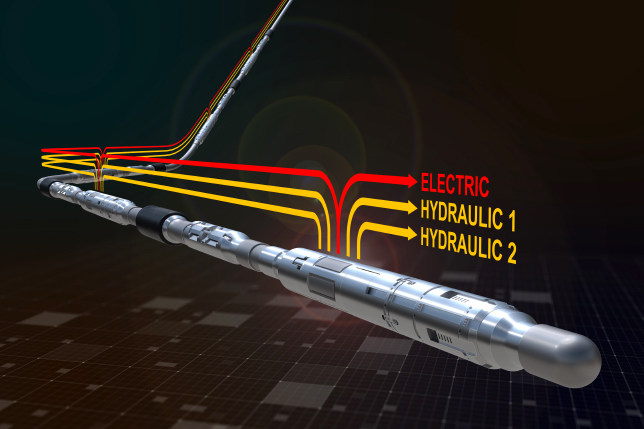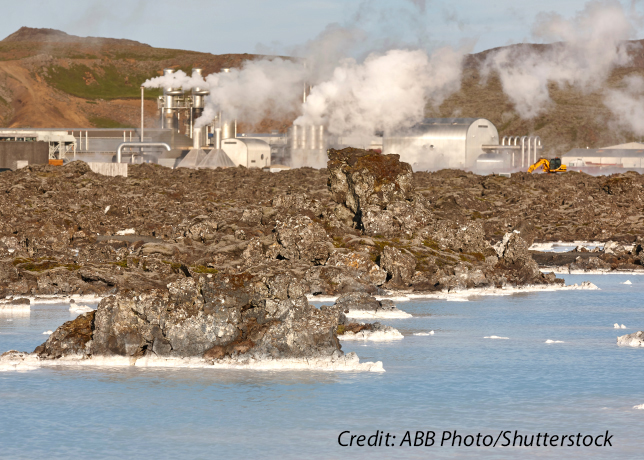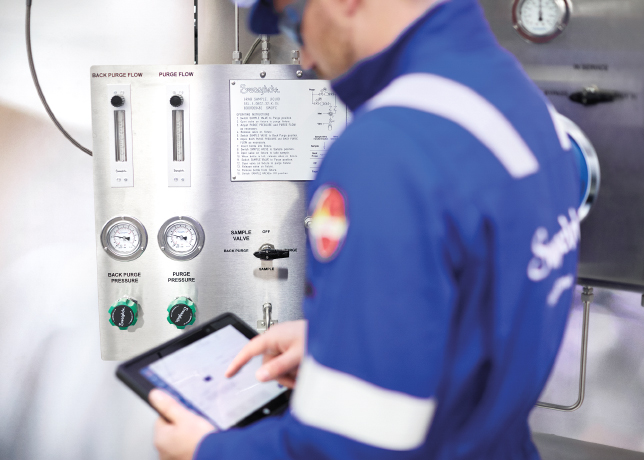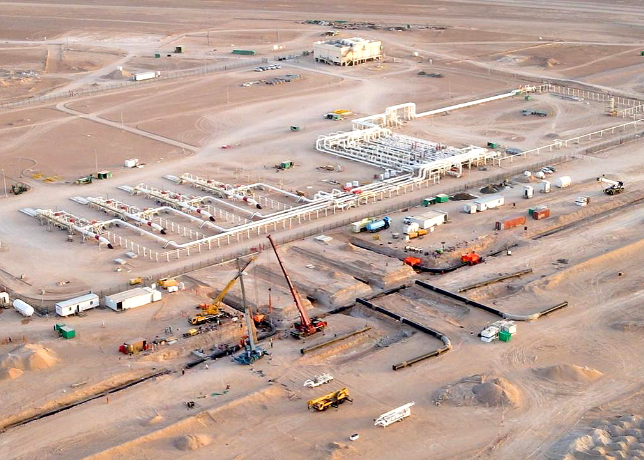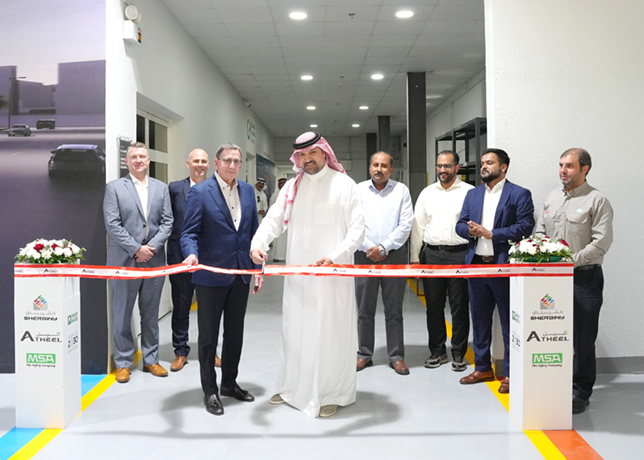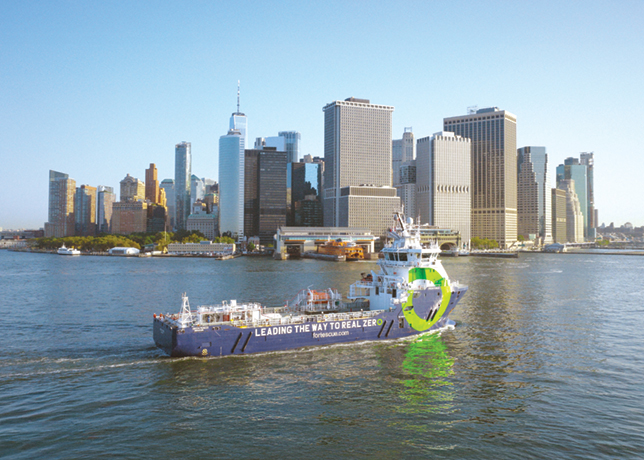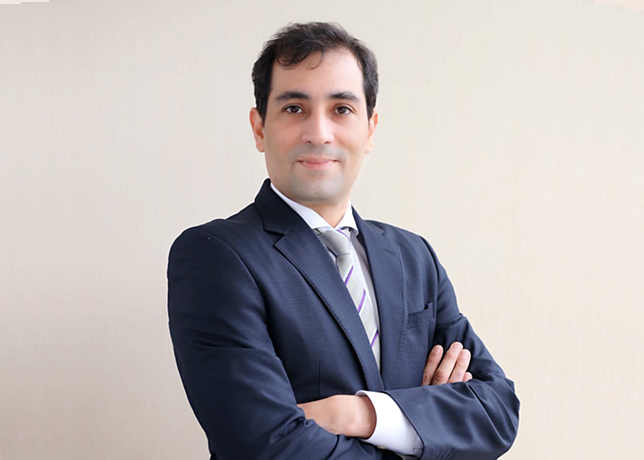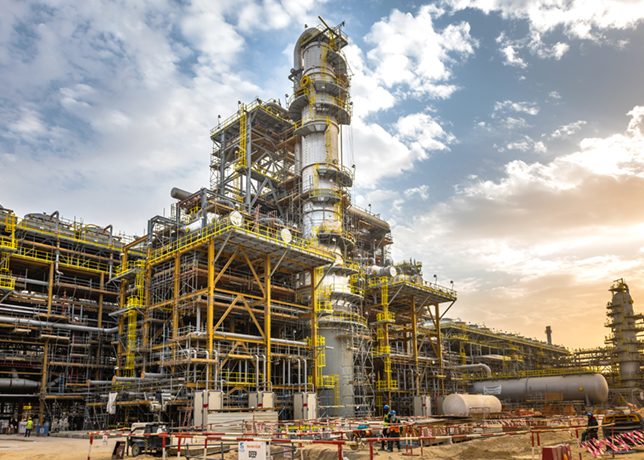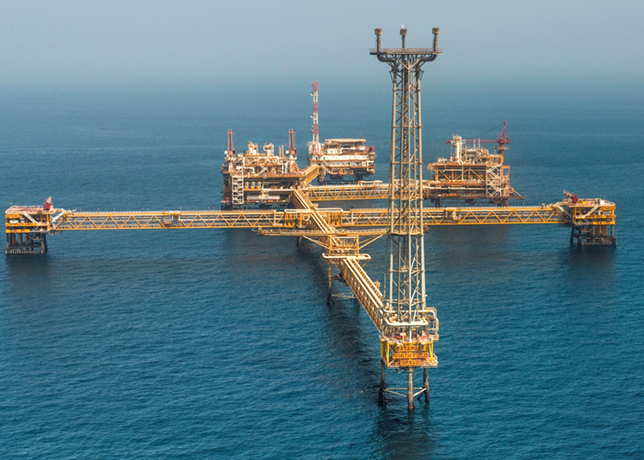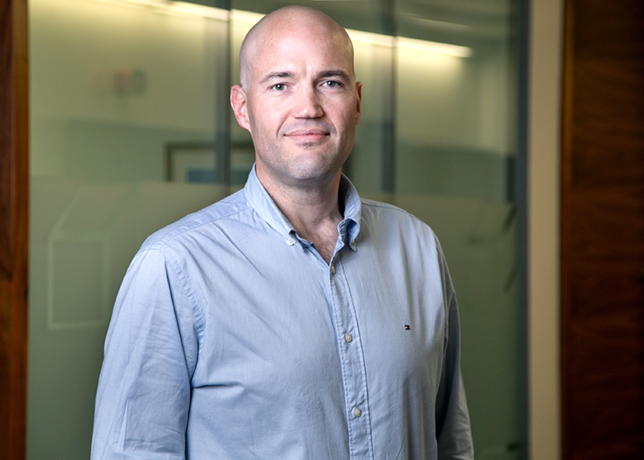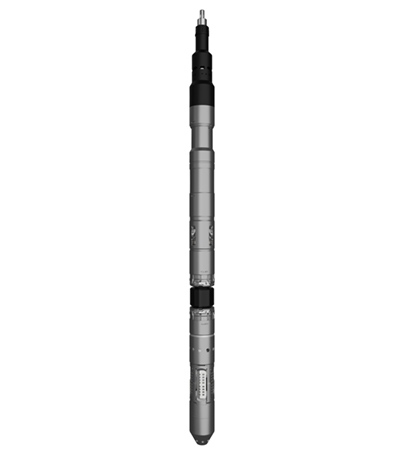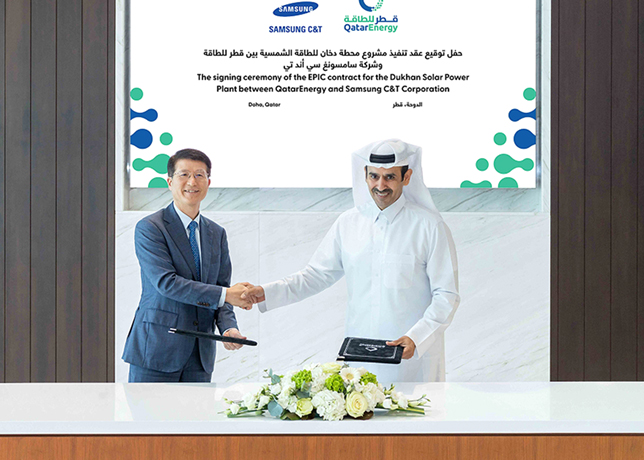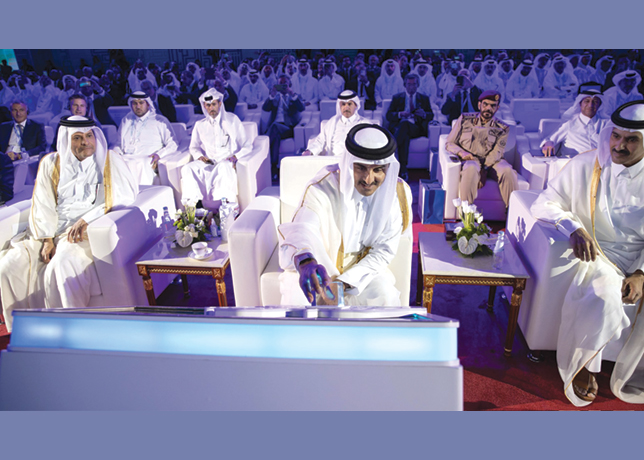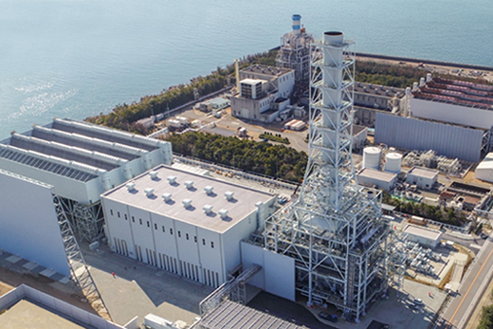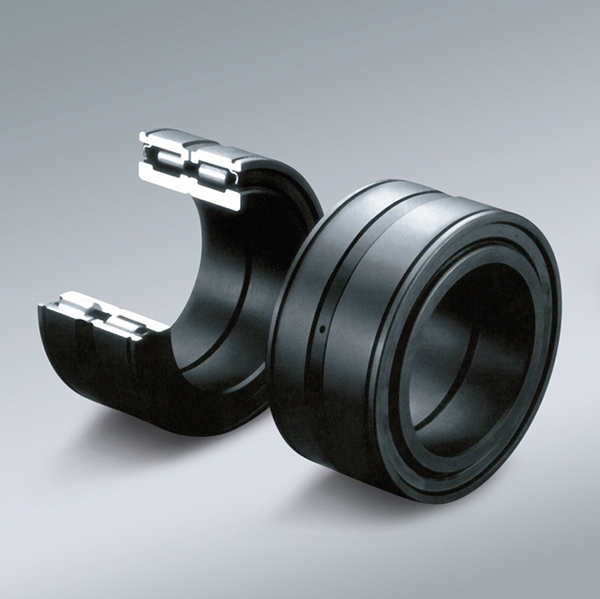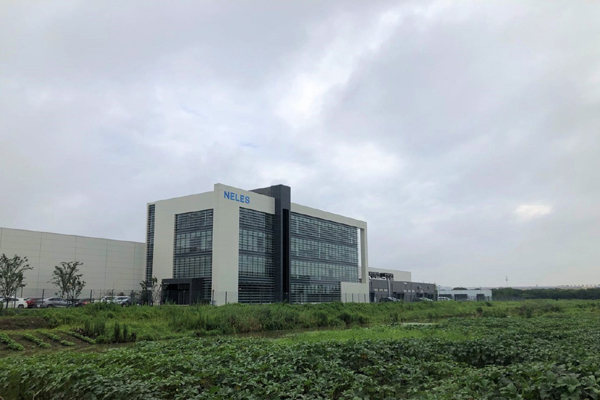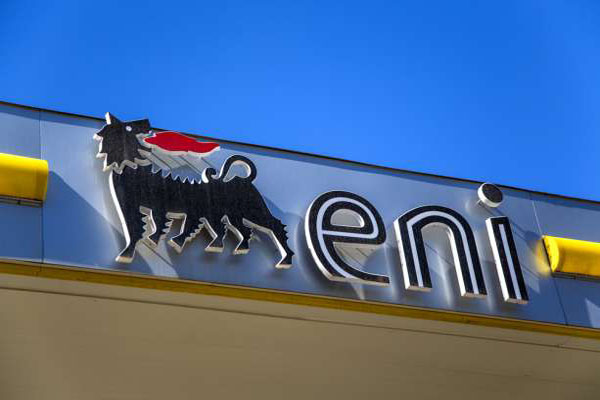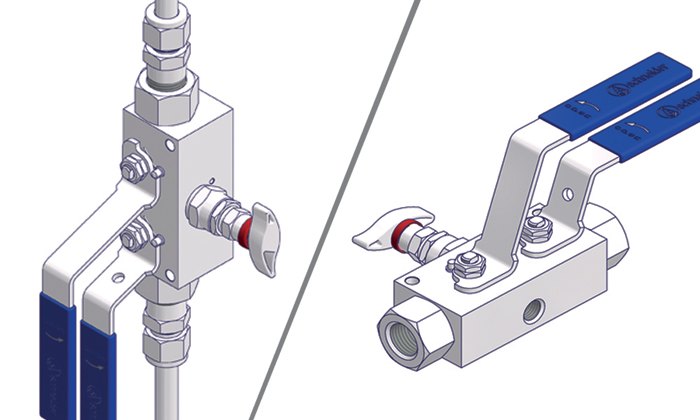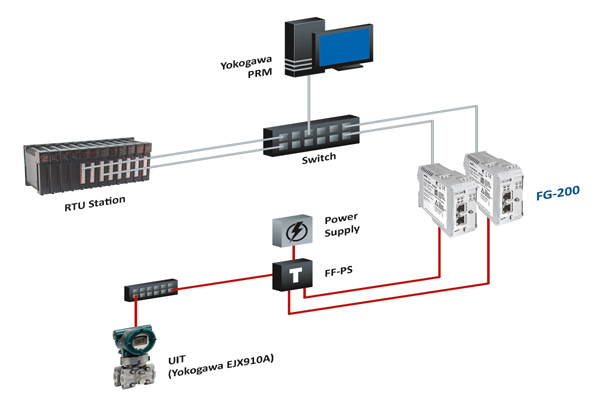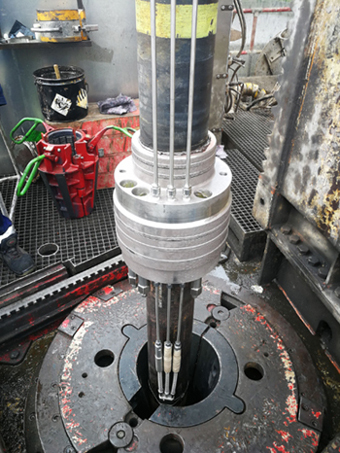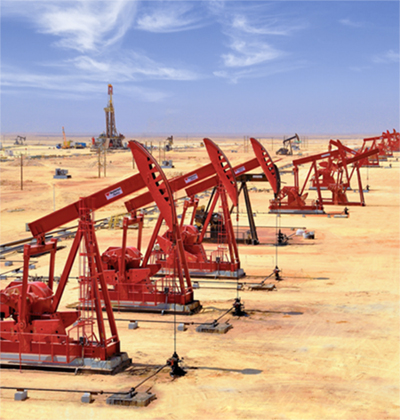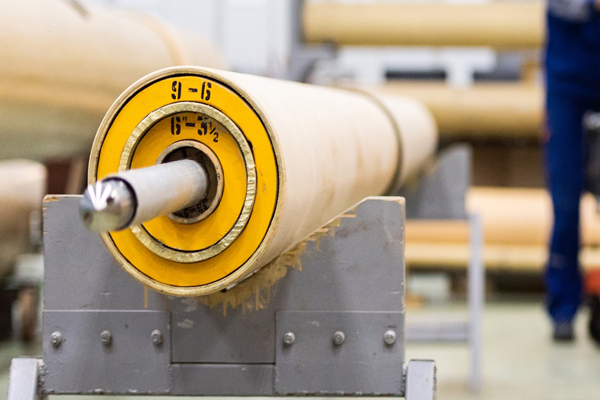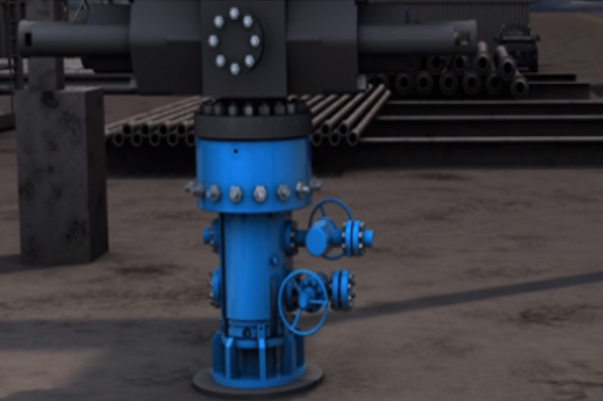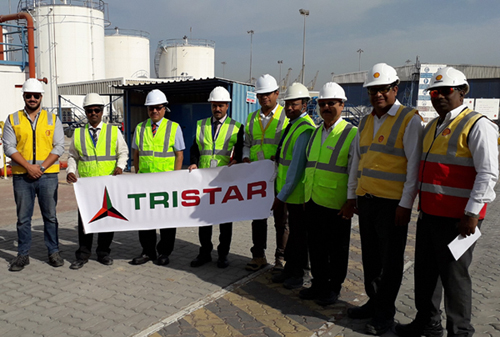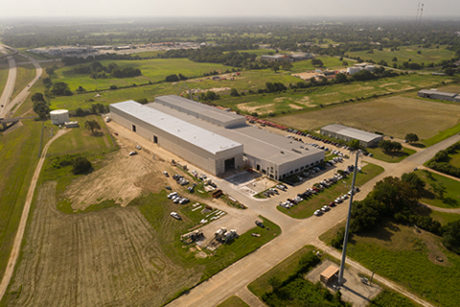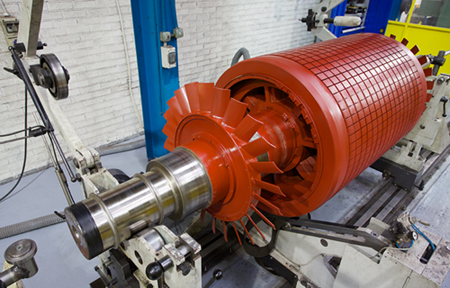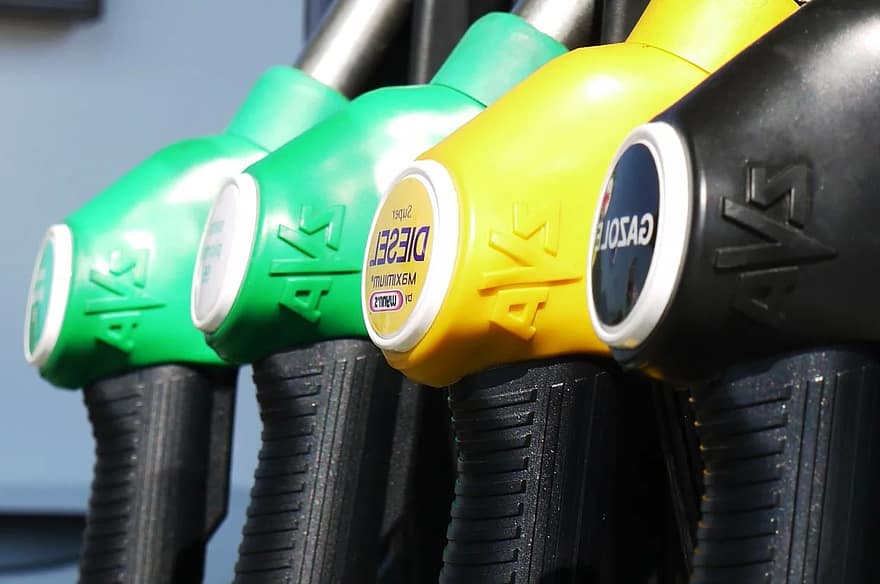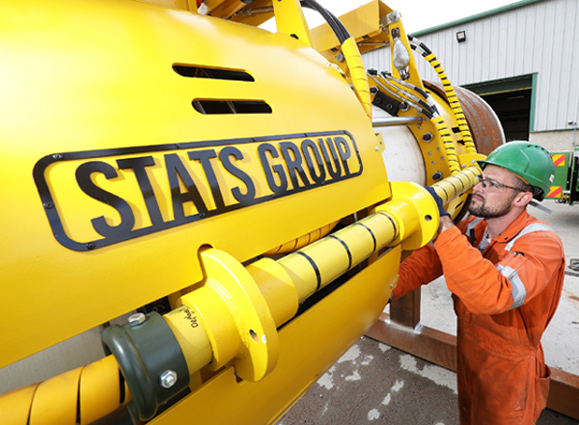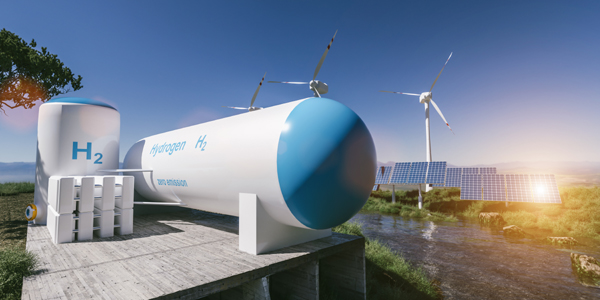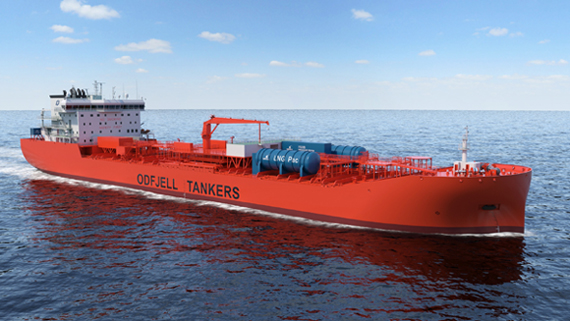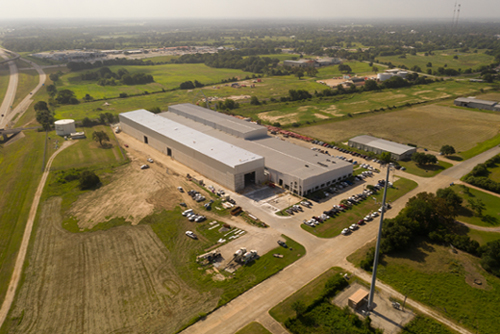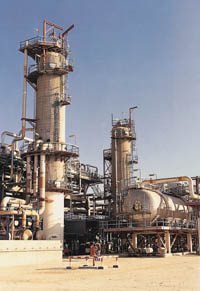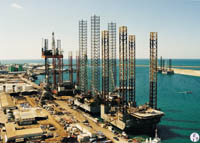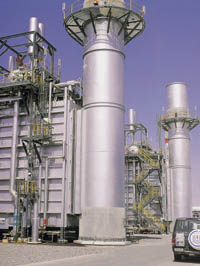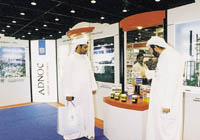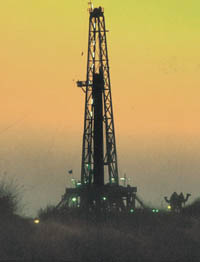
 A rig in the Sajaa field in Sharjah ... well developed
A rig in the Sajaa field in Sharjah ... well developed
In the searing desert heat of Sharjah, a team of BP drilling engineers has been using ice to help with repair work for old gas wells.
The team succeeded in creating a frozen plug to seal the gas wellhead tree valves, a concept patented by Boots and Coots to increase well control and safety, according to the company.
Mature wells need regular maintenance work to keep them going as reservoir pressure gradually drops. But there is always a danger of a fatal blowout unless the well is fitted with a double pressure barrier, explained Dan Borling, Resource Manager at BP's Sajaa gasfield.
''A lot of the older wells around the world only have a single valve or no barrier at all, which is why it was essential to find a way to make this work,'' said Borling.
The BP engineers worked with a team from Boots and Coots who had developed the Dynamic Freeze Plug Process (DFPP) in laboratory conditions five years ago, but it had never been tested in the field.
Maritime Industrial Services fabricated the parts that would make the process work.
The work was carried out in Sajaa gasfield, which has depleted pressure following 20 years of production. After a trial run on a dead well the team tried it out for real on Sajaa 31, an old shut in well, and succeeded in creating the plug using methanol and dry ice.
''Our main concern was that the frozen wellhead tree would be so brittle it would just snap, but we managed to install the tapered velocity strings needed to increase production without incident and then repeated the process on two other wells,'' said operations engineer Brian Powers, who had suggested the solution.
The maintenance well work resulted in adding another 8.5 million cu ft of gas and nearly 700 barrels of condensate to the field's output.
The remarkable thing was that no additional remedial work was needed to make the wells flow again. As the plug defrosted there was less than a barrel of fluid lost. More importantly, there were no accidents, no injuries, no harm to the environment, and no damage to the formation, added Borling.
A further set of workovers using DFPP in Sharjah is scheduled for later this year, according to BP.
The use of ice is the latest in a line of firsts claimed by BP in the Middle East, and Sharjah and the Sajaa field in particular.
At the beginning of this year the company used under balance drilling (UBD) technology to produce faster penetration rates by keeping well pressure lower than the reservoir pressure.
Although more expensive than conventional drilling techniques, productivity has been enhanced at the Sajaa field, according to BP.
The Sajaa field is already well developed, having been the subject of a nine year programme of drilling which concluded in 1999.
Safety and training have always been key considerations at the site, especially given that 90 per cent of the crew were initially new to UBD. Two days of rig time - $120,000 - was also spent on training.
Due to the heat and low pressure encountered, gas has been used to underbalance the well to prevent the drill string from sticking. Recycling of this gas back into the supply system is at 80 to 85 per cent efficiency, according to the company.
The gas runs through a high pressure separator which filters out the liquid vapour and cuttings. The gas is then compressed back into the production line and sold instead of flaring - which helps pay for the cost of processing it.
And the desert benefits from the drilling of the top hole section above the reservoir, which is done with fresh water, the returns being run off into the desert.
The overburden above the reservoir is drilled with diesel oil mud. After the diesel is removed from cuttings by a vertical centrifuge, bacteria is introduced to the cuttings, which are contained in pits and left to biodegrade, producing clean soil at the end of the process, according to the company.




